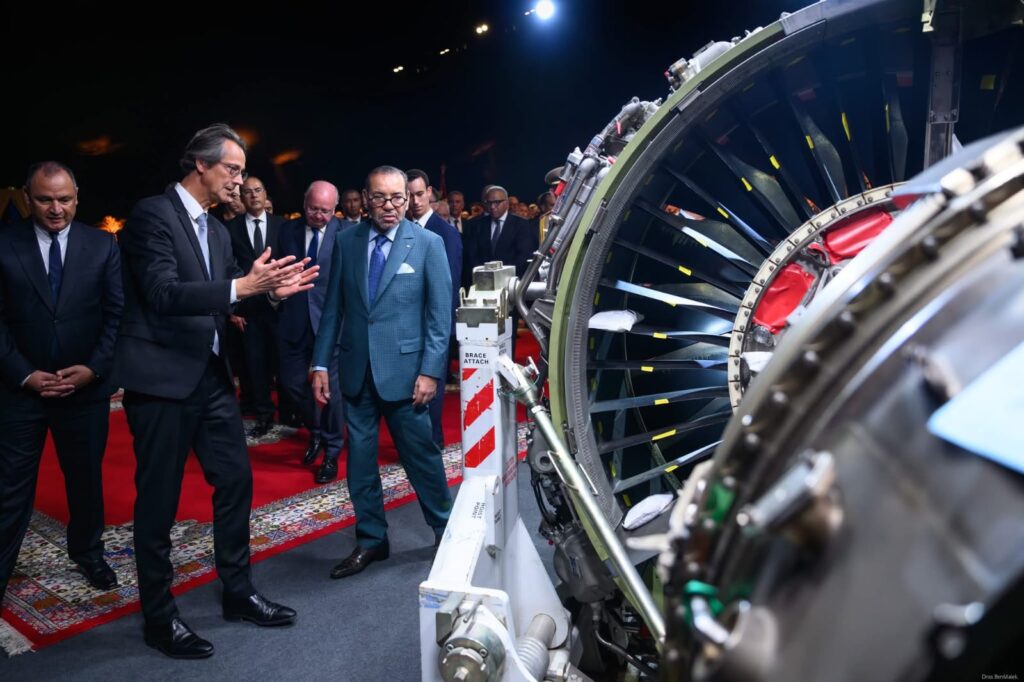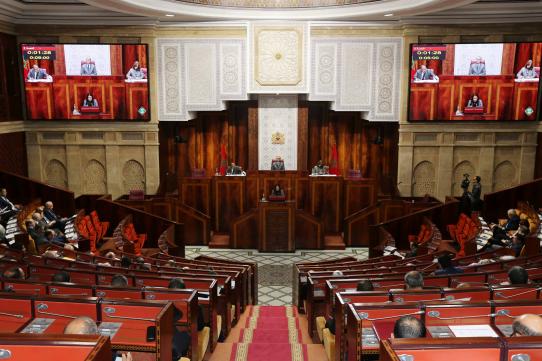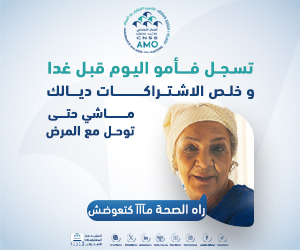King Mohammed VI presided on Monday in Nouaceur, accompanied by Crown Prince Moulay El Hassan, over the presentation and launch ceremony of the Safran Aircraft Engine Industrial Complex. This large-scale project further consolidates Morocco’s standing as a global strategic hub for the aerospace industry.
Located in the integrated industrial platform Midparc, dedicated to aviation and space technologies, the new complex will host two main facilities: one for the assembly and testing of aircraft engines, and another for the maintenance and repair of next-generation LEAP engines.
Far more than a simple industrial investment, these two reference factories — built around efficiency, innovation, and sustainability — embody the exceptional partnership between Safran and Morocco. They also reflect the King’s strong determination to elevate the national aerospace sector to the highest levels of technological competitiveness.
At the beginning of the ceremony, an institutional video showcased the rapid development of Morocco’s aviation industry in recent years, made possible by the bold reforms and structural projects initiated by King Mohammed VI.
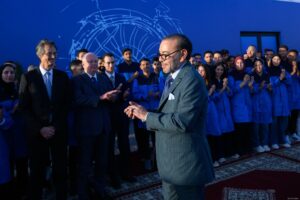
In his address, Minister of Industry and Trade Ryad Mezzour highlighted that, thanks to the King’s visionary leadership, Morocco has become a global destination for advanced industries. In less than two decades, and through successive and integrated strategies, the Kingdom has built a world-class aerospace ecosystem.
The minister revealed that the sector’s export turnover has surged from less than 1 billion dirhams in 2004 to over 26 billion dirhams in 2024. Today, it brings together more than 150 key players, including major global manufacturers, making it a true showcase of Moroccan industrial expertise.
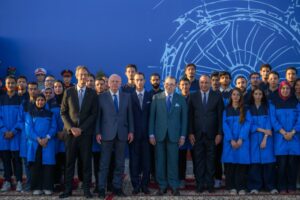
Safran, a historic partner of Morocco for 25 years, is renewing its confidence in the Kingdom by establishing an integrated complex for the manufacture, testing, maintenance, and repair of aircraft engines.
The project includes a maintenance and repair facility worth 1.3 billion dirhams, with a capacity of 150 engines per year, expected to create 600 direct jobs by 2030. A second factory, dedicated to assembling and testing LEAP-1A engines — used notably on the Airbus A320 Neo — will represent an investment of 2.1 billion dirhams and generate 300 high-skilled jobs by 2029.
As the second global site for producing the LEAP-1A engine, this initiative will further strengthen Morocco’s position in the global aircraft engine value chain and attract new manufacturers to the national aerospace ecosystem.
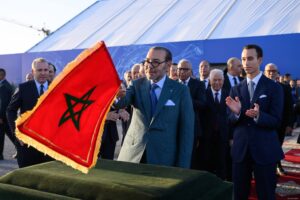
Ross McInnes, Chairman of Safran, emphasized the symbolic importance of the King’s leadership at this event, highlighting both His Majesty’s commitment to Morocco’s industrial development and the country’s exemplary investment environment.
Olivier Andriès, Safran’s CEO, stated that the choice of Morocco was no coincidence: “We chose a country with strong skills, modern infrastructure, and a stable macroeconomic framework. Above all, we were inspired by the momentum driven by His Majesty to make Morocco a globally competitive industrial platform.”
Together with expansions across three other Safran sites, the total investment now exceeds €350 million, expected to generate thousands of jobs across Morocco’s aerospace ecosystem.
At the end of the ceremony, King Mohammed VI presided over the signing of three key agreements, including:
A memorandum of understanding between the Moroccan state and Safran for the creation of the engine assembly and testing plant;
An agreement on the supply of renewable energy to Safran’s Moroccan sites;
A partnership agreement for the construction of the new factory in Midparc.
The Sovereign also unveiled the LEAP-1A engine, representing the latest technological advances in materials and manufacturing processes, and posed for a commemorative photo with young trainees from the Aviation Trades Institute in Nouaceur, future technicians of the new maintenance facility.
With over 25 years of presence in Morocco, Safran, a global leader in manufacturing engines for short- and medium-haul aircraft, continues to strengthen its footprint in the Kingdom — a testament to Morocco’s remarkable progress in aerospace under the enlightened leadership of King Mohammed VI.


